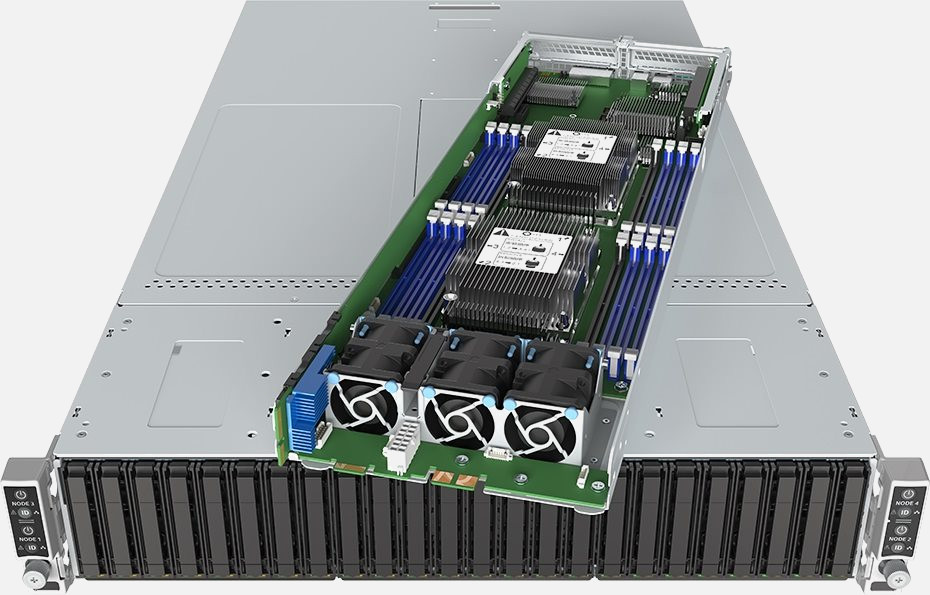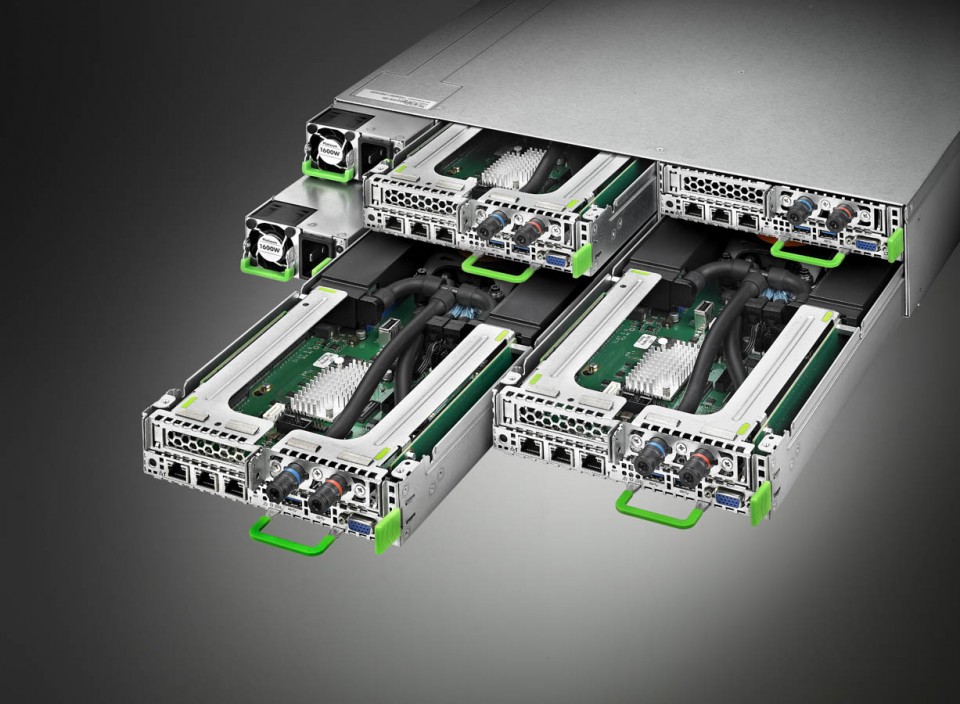


To start an application in the background, you simply append & at the end of the command. What we want instead is to start the application in the background. That's why when you hit CTRL+C, it sends a SIGINT signal and stops the application. In the foreground, your keyboard input is directed to the process. When you work on an application locally, you start it as a foreground process.

In a production environment, an application should keep running beyond the lifecycle of our terminal or SSH connection. That's usually what we want during development, but not in production. When you press CTRL+C or close the terminal, the application exits as well. If this command lives in the package.json file, you run it with NPM using npm start. Foreground vs background processesĭuring development you probably start your Node.js server by opening up the terminal and typing node index.js (or whatever file is the starting point of your application). Learn why process managers are an indispensable tool in production environments and which are the three most popular ones.īut first, let's talk about about starting an application in the foreground vs in the background and what happens when it crashes. What if you could deploy with confidence knowing that your application is always up and running? How do you properly start a Node.js application in production? What are the best practices, and how is it different from development? That means you'll have to deploy it to a production environment. $ npm initĪfter answering the prompts you’ll see something like the following in a new package.You've built a Node.js app and now it's ready to face the world. You can manually create the file, but the command npm init will prompt you with a series of questions. This file stores metadata about your project like author, license, as well as any dependencies on other node packages. Though it’s not required, it’s generally good practice to include a package.json file with each node project.

Node packages are like libraries or add-ons and you can work with them in the same way that you might use a Processing or JavaScript library. Node Package Manager (npm) comes with node and allows you to install and work with node packages. log ( ' Node works! ' ) Īnd then execute it from terminal with node hello.js you’ll see: $ node hello.js For example, assuming node is installed if you write a JavaScript program in a file called hello.js: console. In its simplest form it allows you to trigger small JavaScript programs from the command line without any browser involved. Node.js is a JavaScript framework for writing server-side applications. Server-side Programming and Node Examples (node basics)


 0 kommentar(er)
0 kommentar(er)
